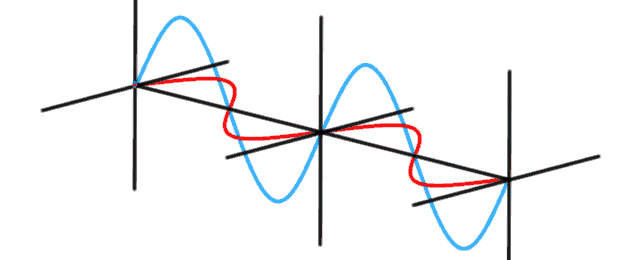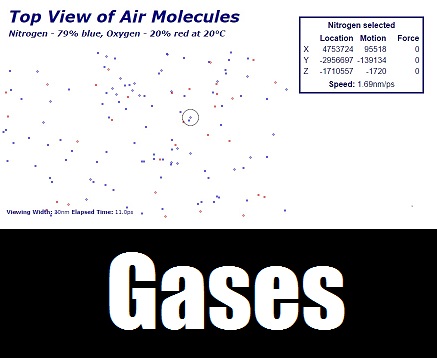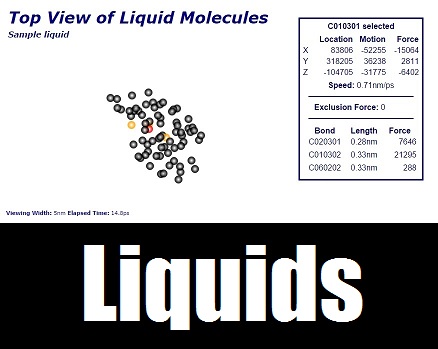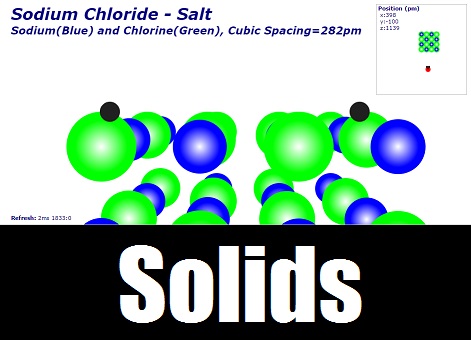Photons
 Modelling photon phase and polarization.
Animations for energy storage,
trapped in a cavity
and an MM interferometer.
Modelling photon phase and polarization.
Animations for energy storage,
trapped in a cavity
and an MM interferometer.Next Animation Step:
- Photon shotgun pattern for diffraction around a slit (laser past a needle);
- Photon shotgun pattern for diffraction through a pinhole;
- Bell style experiment - animation of violating Bell inequality;
- Create a frequence "pulse";
Hydrogen Energy States
3D rigid rotator on a sphere is used to calculate the Hydrogen energy levels quantum mechanically to get the quantum numbers, examples:
- Example1: for level n and angular momentum L=√(l(l+1)ћ), Lz=mlћ where l=1,2,3..n, ml=0,±1,±2,..,l
https://www.youtube.com/watch?v=EaEBU0XNXIo&list=PLevwpCzd9x3RtPPZri6kRv6GywmbH8yYZ - Example2: n=principle quantum number, l=orbital quantum number, ml=magnetic
n=1,2,3,.., l=0,1,2,..n-1, ml=0,±1,±2,..,l
http://hyperphysics.phy-astr.gsu.edu/hbase/quantum/hydsch.html
Next Animation Step:
Rigid rotator expanded with in/out wave function to calculate levels n.
States of Matter
 Modelling Gases: A box 30 x 10 x 7.5 nanometers (10^-9), gridspacing in femtometers (10^-15), timespacing in 10's of femtoseconds (10^-15).
Modelling Gases: A box 30 x 10 x 7.5 nanometers (10^-9), gridspacing in femtometers (10^-15), timespacing in 10's of femtoseconds (10^-15).
Next Calculation Step:
- Find how many molecules to expect at different temperatures and their average velocity, ie. 10 or 30 degrees.
- Find how many molecules and their average velocity of helium to expect in this volume at 20 degrees degrees.
Next Animation Step:
- Collisions between molecules causing reactions involving break and forming bonds based on modeling bonding structure as here.
 Modelling Liquids: A box 5 x 3 x 2 nanometers (10^-9), gridspacing in femtometers (10^-15), timespacing in 10's of femtoseconds (10^-15).
Modelling Liquids: A box 5 x 3 x 2 nanometers (10^-9), gridspacing in femtometers (10^-15), timespacing in 10's of femtoseconds (10^-15).Next Calculation Step:
- Find the average length, number of bonds and strength of different bonds in water.
- Find the average length, number of bonds and strength of different bonds in gasoline.
Next Animation Step:
- Show the link between linked molecules/atoms;
- More and different links (currently only 3 links supported);
- Break link if stretched to far, relink if unlinked molecules close - surface tension should form;
- Let different numbers of bonds settle into crystal structures;
- Add secondary atoms - ie. hydrogen to an oxygen or carbon grid;
 Modelling solids: Walk around a solid and see your two anntena 100 picometers (10^-12) ahead of you, separated by 100 picometers.
Modelling solids: Walk around a solid and see your two anntena 100 picometers (10^-12) ahead of you, separated by 100 picometers.Next Calculation Step:
- Calculate grid spacing for Simple, Body-centered and Face-centered cubic.
Next Animation Step:
- Let different crystal structures;
- Add electron grid and attract electrons;
- Model of a Scanning Tunneling Microscope (STM);

